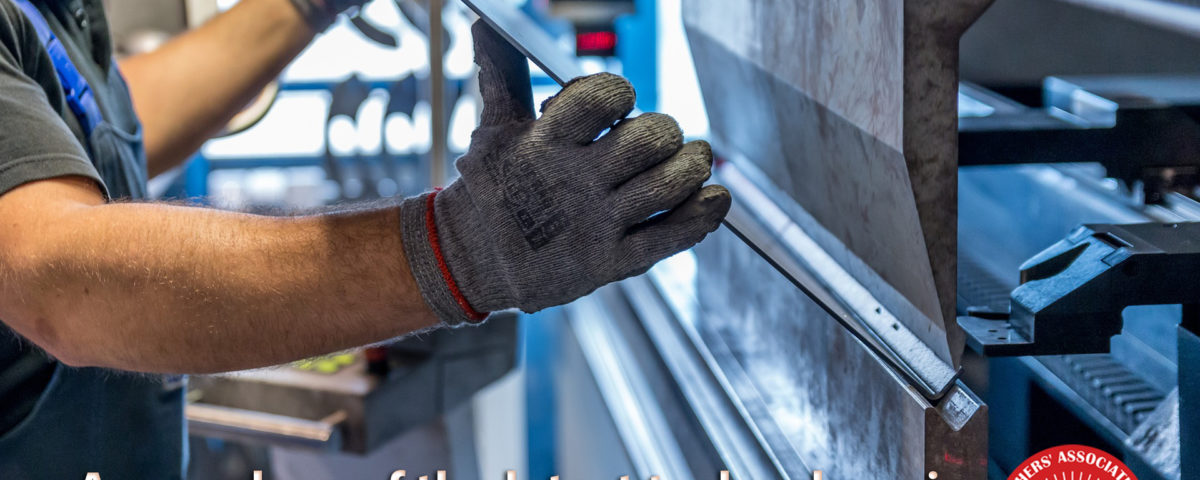What are the various metal plating technologies?

Certification in Electroplating – What is it and why you should do it?
August 12, 2019
The Show is Getting Big and Bigger
September 3, 2019What are the various metal plating technologies?

- Surface finishing is a broad term that refers to modifying the surface of a product. There are many reasons why this may be necessary — from meeting certain specifications so that an object being plated (work piece) can function as a component in a machine to simply beautifying the object. This blog describes the various technologies and techniques used for metal finishing.
Electroplating
Electroplating is a process in which an electric current is passed through a metallic solution. The object to be plated is immersed in the solution and acts as the cathode. It attracts the metallic ions present in the solution, which then adhere to the object to be plated – thus coating it with the electrocuted metal. The technique requires knowledge about electrical voltage, amperage, metal temperatures, and the reaction to various stimuli. Only those metals that are liquefiable– can be reduced to aqueous solutions – are used for coating. (EPA 1995)
Electroplating is used to coat both ferrous and non-ferrous objects with other metals such as brass, copper, aluminum, zinc, cadmium, gold, silver, iron and many more.
Electroplating is carried out in batches and the objects to be plated are dipped into several solutions in sequence to achieve the required characteristics. The entire process is semi-automated with workers carrying the metals on racks or guiding them on barrels.
Electroless Plating
Plating is also done without using electricity – electroless plating. In this process, the chemical reaction property of metals is used in place of electricity. The solution in this case comprises of the coat metal – or salt – a reducer, the complexing agent that helps retain the metal within the solution and one or more buffers to maintain stability depending on the metals used. The object to be coated is dipped in this solution, coated with the metal within the solution, and allowed to dry (Freeman, 1995). Copper and nickel are the most commonly used metals in this process.
Immersion Plating
Immersion plating is similar to electroless plating in that the chemical reaction property of metals is leveraged to alter the surface of the object. In this process, the chemical reaction is induced by the metal substrate – or the underlying layer of the metal – rather than mixing two or more chemicals into the bath. Baths of salts, alkalis, and other agents such as lactic or malic acids are used in immersion plating. (Freeman 1995).
Conversion
The process of conversion involves depositing a thin layer of coating on the object to be plated. Materials like chromium (chromating) metal salts (anodizing), or acid solutions (passivating) are used to convert the workpiece (object to be plated) and give it a new look. The objective is twofold – to give the workpiece a decorative appearance as well as to prevent it from corroding – thus extending its shelf life. (EPA 1995a)
Other methods of surface finishing
Apart from plating and chemical conversion, there are some other methods of surface finishing such as cladding, hardening, galvanizing and electropolishing. Here is a quick look at these methods –
Cladding – In this method, metals are bonded to the workpiece using heat and pressure. The coating metal melts with heat and clings to the workpiece, forming a thin veneer over it. (Freeman 1995)
Hardening – in this process, the workpiece is dipped in molten metal and the temperature is rapidly dropped to harden the surface yet allow the underlying workpiece metal to remain soft and pliable. Various hardening methods are named after the material used such as carburizing (carbon) nitriding (nitrogen) and cyaniding (carbon & nitrogen). (Freeman 1995).
Galvanizing – This process is primarily used to coat steel and iron objects. The workpiece is immersed in a molten zinc compound, and it acquires a coat of the solution, which protects it from corrosion. The process is low cost but does not always achieve the desired effect. (Freeman 1995).
Polishing – In this process – also called electropolishing – the metal surface is ironed out using an acid or alkaline solution through with an electric current is passed. The current is quickly reversed causing the solution to form a film on the workpiece. Solutions used for polishing depend on the substrate of the workpiece. While the outer coat is smooth, the inner coat molds itself to the contours of the substrate of the workpiece (Ford 1994).
Vapor Deposition (Diffusion) – In this process, the metal to be coated and the coating material contact at high temperatures causing them to fuse. The coat acquires the properties of an alloy of the two metals, which is usually corrosion-resistant. Materials like aluminum, lead, tin, and zinc are used for diffusion. The actual process may involve dipping, spraying, or vaporizing the workpiece. The coat material may be liquid or powder form. (EPA 1995b).
Surface finishing encompasses a wide spectrum of process, materials and techniques. Depending on the object to be coated, the purpose of coating, and other factors such as compliance and budget, the plater carefully selects the process and materials. To know more about these and other surface finishing techniques enroll for the MFAI certificate course inelectroplating.

